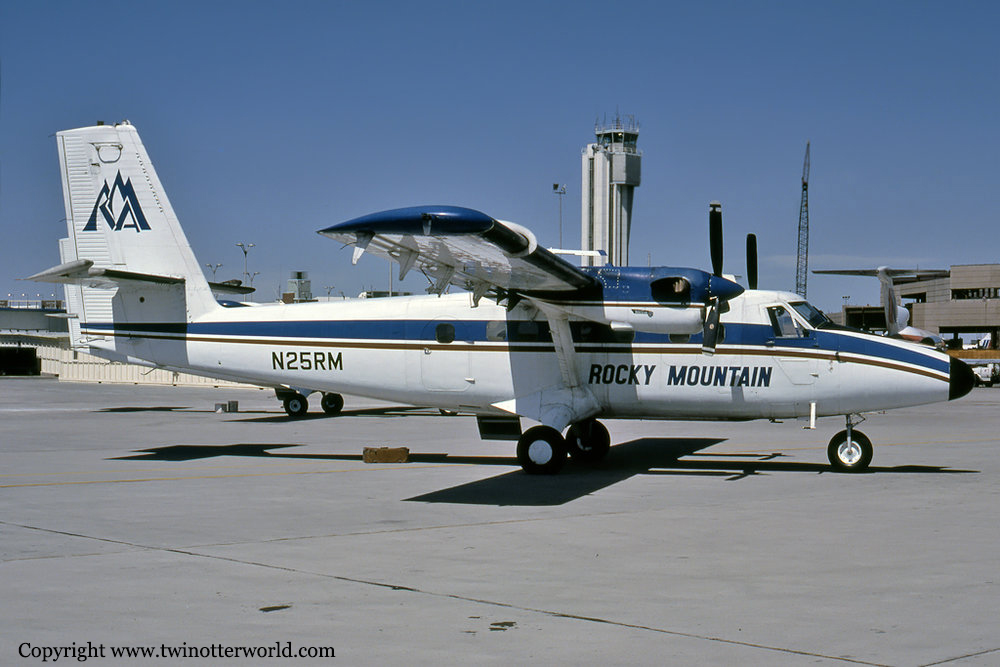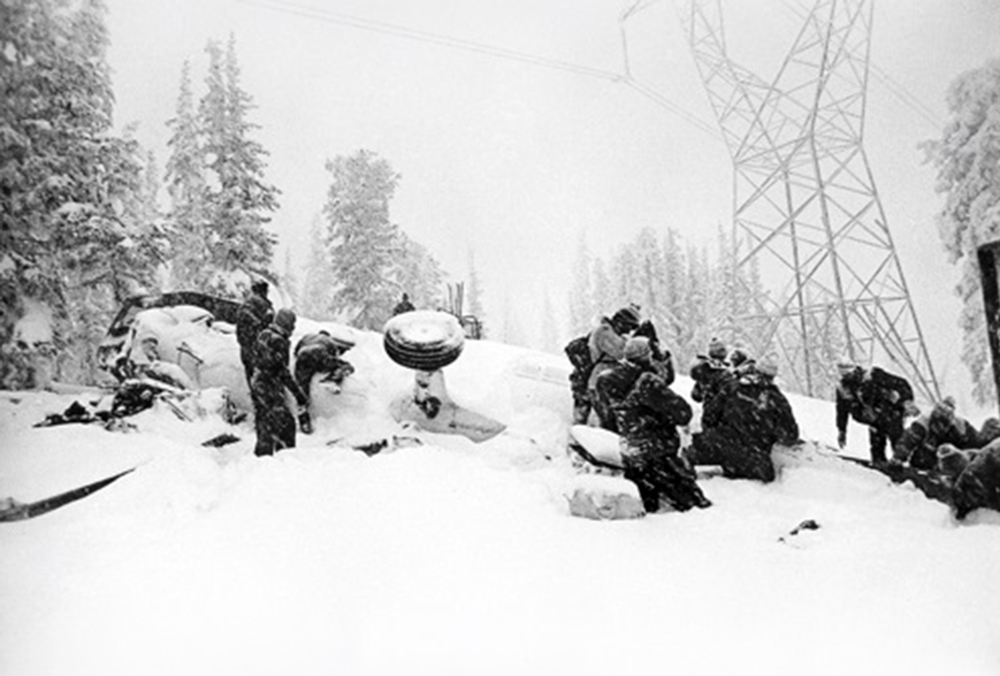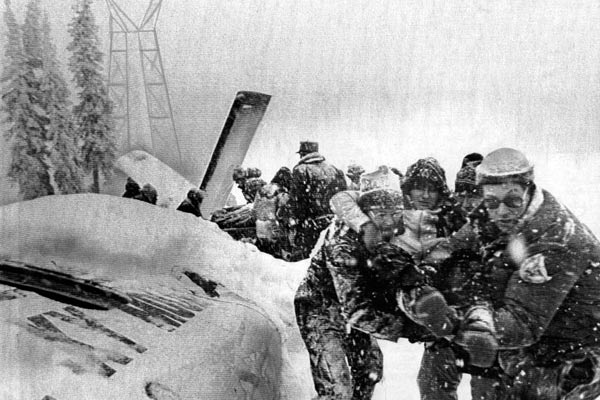Crash of a Piper PA-60P near Mead: 2 killed
Date & Time:
Jul 17, 1981 at 1710 LT
Registration:
N68904
Survivors:
No
Schedule:
Grand Junction – Walden
MSN:
60-0873-8161248
YOM:
1981
Crew on board:
1
Crew fatalities:
Pax on board:
1
Pax fatalities:
Other fatalities:
Total fatalities:
2
Captain / Total hours on type:
70.00
Circumstances:
While cruising poor weather conditions, the pilot got lost and disoriented. Due to an insufficient flying speed, the airplane stalled, entered a dive and crashed near Mead. Both occupants were killed.
Probable cause:
Stall and subsequent loss of control due to inadequate preflight preparation. The following contributing factors were reported:
- The pilot became lost/disoriented,
- The pilot continued VFR flight into adverse weather conditions,
- The pilot failed to maintain flying speed,
- Rain,
- Low ceiling,
- Thunderstorm activity,
- Visibility half a mile or less.
- The pilot became lost/disoriented,
- The pilot continued VFR flight into adverse weather conditions,
- The pilot failed to maintain flying speed,
- Rain,
- Low ceiling,
- Thunderstorm activity,
- Visibility half a mile or less.
Final Report:









